How to Clean Leather Furniture So It Looks Like New

By Marilyn Syarto
Leather furniture is somewhat of an odd duck. It can be as tough as nails and lasts forever, yet it needs TLC, cleaning, and maintenance regularly to upkeep its warmth and beauty. A top-quality piece of leather furniture can last 25 years or more with a bit of care and conditioning.
We’ve laid out everything you need to know about cleaning leather furniture in this guide, including how often it should be cleaned and conditioned, how to carefully treat stains, and when it might be worth calling in a professional for help.
Photo via The DIY Playbook
When to Clean Leather Furniture
There are plenty of different products for cleaning leather furniture, including sprays that combine cleaning and conditioning. Regardless of what you use to get the job done, here’s a quick rundown on the best scenarios for when it’s best to clean leather furniture:
- Weekly: You can quickly clean your leather furniture weekly by building it into your cleaning routine. Just run a vacuum with the brush attachment over the piece, or wipe it down with a clean, dry microfiber cloth to grab loose dirt.
- Monthly: Deep clean your leather once a month or so with a leather wipe or cleaner.
- Twice a year: Condition your leather furniture every six months. (Note: Some experts recommend conditioning leather monthly while others say a top-quality conditioner only needs to be applied every three to six months or even once a year. Check what the manufacturer of your piece of furniture recommends.)
How to Clean Leather Furniture With Vinegar
Yes, you can use store-bought leather wipes for deep cleaning, but the best method to clean leather furniture involves white distilled vinegar. As with any cleaning method, always test a hidden spot on your leather furniture first to make sure it does not discolor the material.
Avoid Saddle Soap
Tools and Materials Needed:
- Vacuum with brush attachment
- White distilled vinegar
- Distilled water
- Bowl or clean spray bottle
- Soft, clean microfiber cloth
- Chamois towels (optional)
- Leather conditioner (appropriate for your type of leather item)
Step 1: Vacuum Nooks and Crannies
Before cleaning, remove loose dirt and dust on the furniture by vacuuming with the brush attachment.
Step 2: Mix Vinegar and Water
In a bowl or a spray bottle, make a 1:1 mixture of vinegar and distilled water. Regular tap water may contain minerals and deposits that can stain the leather. Blend the two liquids well.
Step 3: Apply to the Leather
Dip or spray a microfiber cloth with the vinegar solution. Do not apply directly to furniture so you can minimize how much liquid gets onto the leather (too much water can create water stains).
Step 4: Rub the Leather
In gentle circular motions, rub the leather with the damp cloth to loosen and remove stains and dirt.
Step 5: Refresh the Cloth
As the cloth becomes dirty, move to a clean part of the cloth and dip it in some fresh solution. Continue cleaning to pick up more dirt.
Step 6: Dry the Leather
Go over the areas you cleaned with a dry, soft towel. Many people prefer to use chamois towels to dry leather because they are soft and absorbent. Or, let the leather completely air dry. If you see a tiny pool of liquid on the leather, blot it up with a soft, clean towel, but do not rub it in.
Step 7: Condition the Leather
Conditioning leather after cleaning it is a critical step in maintaining and protecting leather furniture and keeping it from drying out. Buy a product that is specifically formulated for your type of leather item and follow the directions on the label.
Note: It’s not always necessary to condition monthly unless you live in a dry or hot region where you rely on air conditioning—then monthly conditioning can help your leather from drying out. However, over-conditioning can be a problem, too, according to Chamberlain’s Leather Milk, a company that produces conditioners. Leather can only absorb so much conditioner; over-conditioning may cause build-up and create a tacky feeling when you run your hand over the leather.
Avoid These Oils!
Photo via The DIY Playbook
How to Treat Stains on Leather Furniture
If something spills on a piece of leather furniture, it’s important to treat the stain gently to remove it without scouring the leather surface. Before turning to commercial stain removal products, first opt for these natural methods that will be less harsh on the material. We’ve broken down solutions by type of stain:
- Ink pen: Dip a cotton swab in rubbing alcohol and gently blot the ink, but make sure you concentrate on the ink only.
- Water stains: Slightly moisten the water stain with a rag dampened in distilled water (this will ensure that it’s free of minerals and deposits, which is probably what caused the water stain in the first place). Let it air dry or very gently blow it dry with a hairdryer on cool or a fan.
- Dark stains on light leather: If you have darkened stains showing up on light-colored leather, try this: With your finger, make a paste of 1:1 lemon juice and cream of tartar, rub it onto the stain, leave it on for 10 minutes, blot off with a barely dampened non-abrasive sponge, and let air dry.
- Grease stains: Spilled pizza face down on the sofa? Do not do anything except wipe the stain with a clean, dry, soft cloth to absorb the grease. For dried grease, sprinkle a bit of baking soda on the stain (avoid generous portions because baking soda is abrasive), wait a few hours, then brush or vacuum it up.
- Gum or sticky stuff: Ice works wonders, even on leather. Put ice cubes in a zippered plastic bag and hold the bag on the gum until it hardens from the cold. Once hardened, gently pick at the material with your fingers or use a spoon (never a knife) until it’s removed.
How to Protect Leather Furniture
Leather furniture is like skin—it needs protection and moisturization to remain supple and healthy. Any protecting or conditioning product may darken the leather so test it on a hidden area first. Some leather furniture owners love the darkening effect while other people aren’t so keen on it. It helps to know how dark your leather will go before applying a product to colored (bright or light-colored) or white leather, as well.
Where you place your leather furniture can determine how dirty, faded, or cracked it gets. Never place leather directly near air conditioning or heat (including a fireplace) which can dry it out. The same goes for windows that funnel in harsh sunlight. Hang light-blocking curtains over windows if you have no other choice.
Photo via Maureen heritage
When to Call in a Professional
Some minor nicks and scratches can be buffed out just using your fingers (the oil from your skin does wonders) or turning to a professional product, such as Reluv Leather Renew. Some people like to use shoe polish to fix up small problems in leather furniture in a pinch. (You’ll be surprised when you see this dramatic leather chair restoration project using shoe polish!) But if your leather piece is far gone or has some cuts or tears, call in the professionals. Leather experts can repair material by mixing customized colors and textures that are applied by heat.
Try a Shoe Repair Shop
Have you found an unusual way to clean and condition leather furniture that you can share with the community? Share your tips below!
Enjoyed the project?
Comments
Join the conversation
-
 BenFranklin methodologist
on Jan 25, 2022
BenFranklin methodologist
on Jan 25, 2022
I loved reading your information on cleaning & conditioning of leather furniture! What attracted me to it was the fact that I have camel color leather car seats & my blue jeans & black slacks seem to be reeking havoc on the drivers seat! I also have several leather purses & some boots that I try to maintain & have resorted in the past to conditioning their surfaces when oily smears start to appear either due to or from my use of hand cream & just the obvious every day handling! One trick I have used on the bottom corners of my Brahmin alligator purse is clear fingernail polish lightly dabbed on the roughed up spots from setting it down. I know I can just imagine the cringing at the thought, but I’m satisfied with this occasional touch up & thought I’d pass it on! ☺️
-






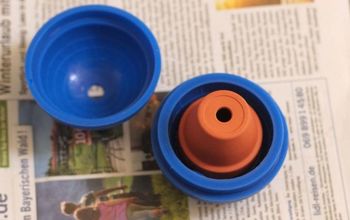
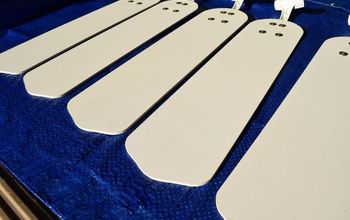
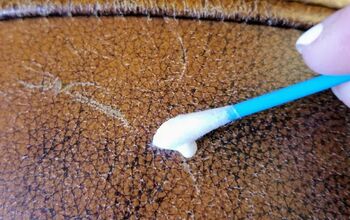
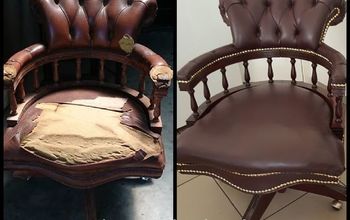

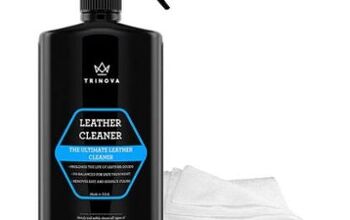








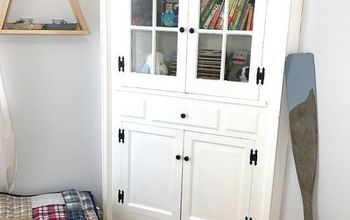

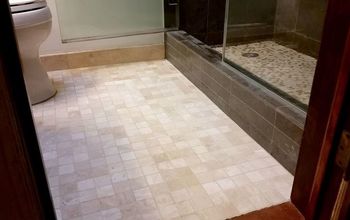

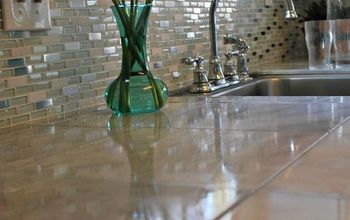

Frequently asked questions
Have a question about this project?